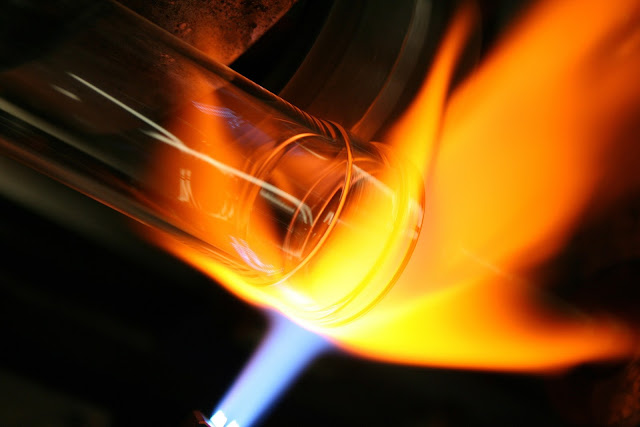Specific Heat Capacity of Textile Fibers

The specific heat capacity of a material is the amount of heat energy required to raise the temperature of a unit mass of the material by a certain degree. Different materials have different specific heat capacities, which can be affected by factors such as their chemical makeup and microstructure.
Here are the specific heat capacities of some textile fibers:
- Cotton: 0.88 J/g°C
- Wool: 1.14 J/g°C
- Silk: 0.96 J/g°C
- Polyester: 0.95 J/g°C
- Nylon: 1.08 J/g°C
- Acrylic: 1.05 J/g°C
- Modacrylic: 1.05 J/g°C
- Aramid: 1.2 J/g°C
- Glass: 0.84 J/g°C
- Carbon: 0.75 J/g°C
It is important to note that these values can vary slightly depending on the specific type of fiber and the conditions under which the measurement was taken. For purpose of comparison, specific heat capacities of metals are listed below:
- Aluminum: 0.9 J/g°C
- Copper: 0.385 J/g°C
- Iron: 0.45 J/g°C
- Lead: 0.128 J/g°C
- Mercury: 0.139 J/g°C
- Silver: 0.235 J/g°C
- Steel: 0.49 J/g°C
- Tin: 0.22 J/g°C
This leads us to the utility aspect of the above information. Well, for an application which needs protection for heat and flame, it will be logical to use a fiber which has high specific heat capacity. Why you ask? Because for a giver heat source, it will take larger amount of heat, meaning more time for the fiber temperature to increase by say 1 °C
But for designing a thermal protective fabric, the specific heat capacity cannot be considered in isolation.We have already discussed the importance of fabric thickness (Read Here) And role of thermal conductivity of fibers (Read Here)
In the series finale article, we will be putting together these factors to understand the best approach in designing a thermal protective fabric.